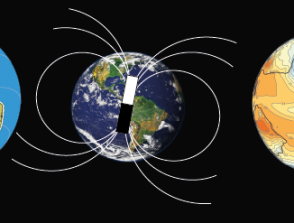Tracking millenal-scale climate and environnemental change across eurasian loess
Start: 01 October 2019
Supervisors :
Yohan Guyodo
Related teams :
Paleomagnetism
Status: In progress




